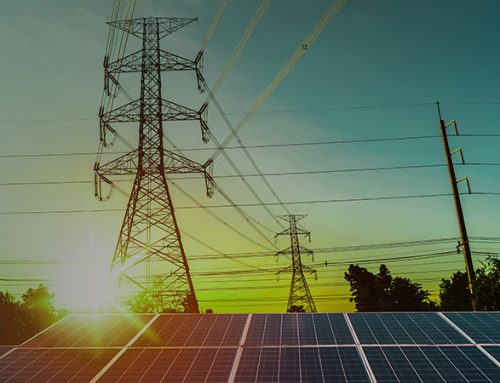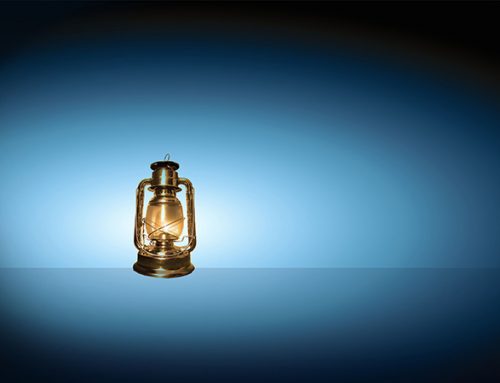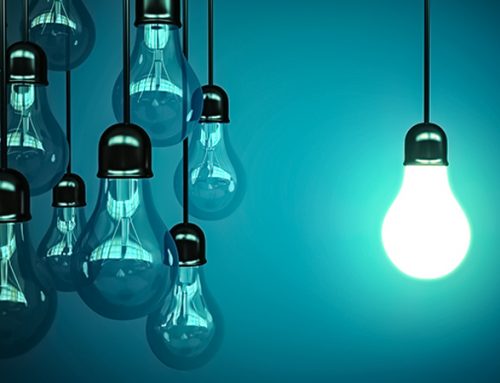Over the past few years I have given a number of talks to students about careers in the energy sector, and it always strikes me how little people outside the industry know about the mechanics of our gas and electricity systems…we expect the lights or the heating to go on when we hit the switch, and rarely consider how that happens except in the really rare situations when something goes wrong. People have a lot to say, on the other hand, about the costs of these essential services.
Most markets are governed by the dynamics of supply and demand, and this is no different in the energy sector, with two major distinctions: failure to balance supply and demand appropriately can cause the whole systems to fail, and because of limitations around storage, gas and electricity systems need to maintain a balance between supply and demand in real time.
Gas markets are more flexible in this regard as gas can be stored, both in dedicated storage facilities and in the network itself by varying the pressure in the pipes. Clearly there are limits to this…too much gas in the pipeline system can have explosive consequences (literally!), yet too little will mean there is insufficient pressure to deliver gas to all parts of the network. Supply and demand in the gas system is balanced on a daily basis with all shippers nominating what they intend to deliver to or offtake from the system. For the most part this system works very well, although occasionally things can go awry as in 2007 when the Langeled pipeline was being commissioned and large excess volumes of gas entered the UK system. Intraday prices went negative as large gas consumers, primarily power stations, were incentivised to ramp up to remove the excess gas from the network.
Things are more complicated for electricity where the storage options are significantly more limited. Although there are many grid-scale storage projects being explored worldwide, currently the only reliable grid-level storage solution is pumped hydro, and clearly this is limited to areas with suitable geology. The Alps are known for being home to many hydro-electric facilities, but it’s a little-known fact that the largest hydro system in Europe is actually in UK – its six vertical 300MW turbines typically whirr into life just after England lose another penalty shoot-out! (The facility in Llanberis Wales is a tourist attraction, and well worth a visit.)
Unlike gas, electricity also cannot be compressed and stored within the wires, so the network must operate within a very narrow frequency range to maintain system stability – if supply and demand are not closely balanced then the system frequency will deviate from the operational tolerance causing failures. The majority of generation, with the exception of renewable sources such as solar and wind, is comprised of large generators whose turbines rotate in synchrony with the grid (hence, synchronous generation). The grid frequency is directly related to the number of revolutions each turbine makes in a minute (generators on a 50Hz system rotate at 3000 RPM, except for nuclear-powered turbines which rotate at half the speed). If demand exceeds supply, then the system frequency will fall, and vice versa, and unless corrected by addition or removal of generation, failsafe’s will trigger to avoid mechanical damage to systems, which may result in supply disruption.
In the UK, the electricity system is balanced on a half-hourly basis throughout the day with every power station providing is generation forecasts to the system operator, and large users submitting their expected consumption (domestic consumption is estimated). The system operator has various tools it can use in order to ensure balance is maintained, the most common of which is the Balancing Mechanism through which the system operator (National Grid) can procure that generators increase or reduce generation in accordance with system needs. Generators submit bids and offers indicating the prices at which they would be willing to deviate from their planned generation programmes.
The current electricity system was designed to deliver power from large sources of generation to widely distributed users. Many of those power stations were designed to be flexible, with CCGTs (combined cycle gas turbines) in particular being able to quickly respond to requirements to increase or decrease their output. However, the de-carbonisation agenda is bringing increasing amounts of renewable electricity into the system, and this is both intermittent and non-dispatchable ie not able to respond to changes in demand. At the same time, traditional power stations, particularly coal, are being retired, changing the shape of the electricity system and posing new challenges for balancing the grid.






Leave A Comment